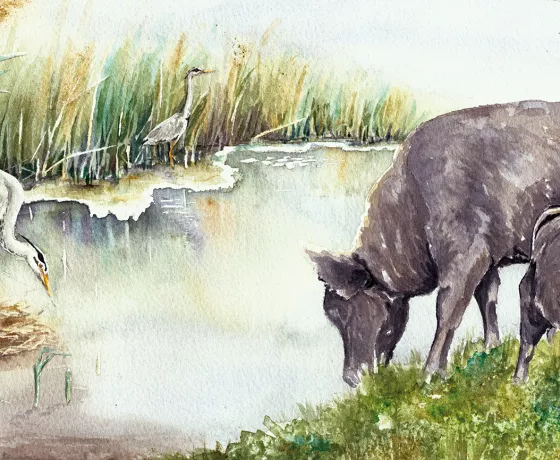Environmental archaeology in academic and professional realms is at a cross-roads. In an age of ecological crisis, long term views have never been more important, and are relevant well beyond the discipline of Archaeology.
Environmental archaeology generates new primary data on the distributions, communities and ecologies of plant and animal species (including their microbiomes) that have co-evolved with humans for thousands of years. In interpreting these data, it is possible to reveal alternative ways of living with nature and to identify novel (now extinct) ecological relationships of relevance to ongoing nature recovery practices.
From providing perspectives on global biodiversity loss over thousands of years, to informing emerging habitat creation strategies here in Oxfordshire, environmental archaeologists are in a powerful position to engage in discourse surrounding global challenges well beyond archaeology.
The 44th annual conference of the AEA, 'Past Environments for Emerging Worlds', asks What does the world want from environmental archaeology? How should environmental archaeology approach global concerns? and What role does it have to play in contemporary challenges at a range of scales?











